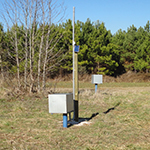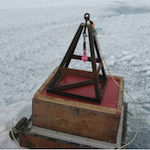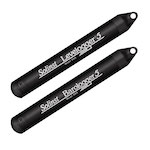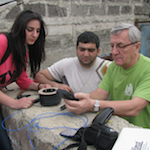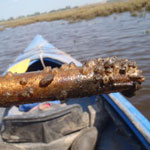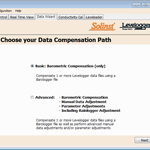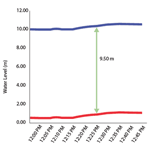Ensuring Proper Use And Levelogger Maintenance
As with any groundwater or surface water monitoring project, you should determine the best instruments to use, and how to maintain those instruments, based on the monitoring environment specific to your application. When using Leveloggers, this means selecting the appropriate pressure range, ensuring the monitoring temperatures are within… Continue Reading »


